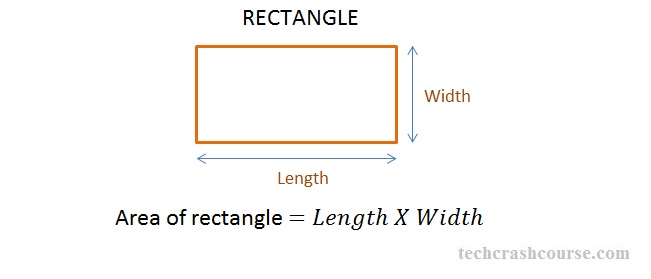We know the entire rectangle #squarePQRS# has an area of #84cm^2#. We also know that the rectangle #squarePXYS# has an area of #21cm^2#.
Because #squarePXYS# is a smaller part of #squarePQRS#, we can subtract #squarePXYS# from #squarePQRS# to get the area for #squareQRYX#:
#squarePQRS-squarePXYS=squareQRYX#
#84cm^2-21cm^2=63cm^2#
So, #squareQRYX=63cm^2#
Since #squareQRYX# is a rectangle, we know the area is the base times it's height. The base is equal to #a#, and the height is #9cm#, so we know:
#9cm*a=63cm^2#
We can solve for #a# by dividing by #9#:
#a=63/9cm=7cm#
Now we repeat the same procedure to #squarePXYS# to solve for #b#:
Since #squarePXYS# is a rectangle, the area is once again base times height, and the base is #a#, and the height is #b#. We know that #a=7cm#, so we can express the following equation:
#7cm*b=21cm^2#
And if we divide by #7# on both sides, we get:
#b=21/7cm=3cm#




